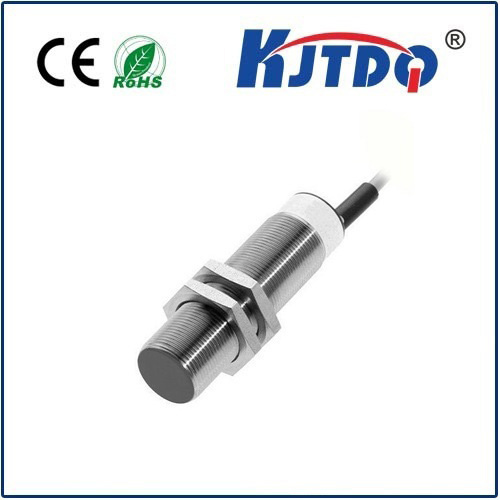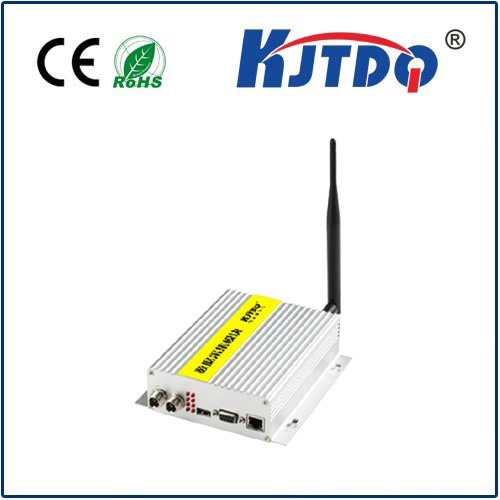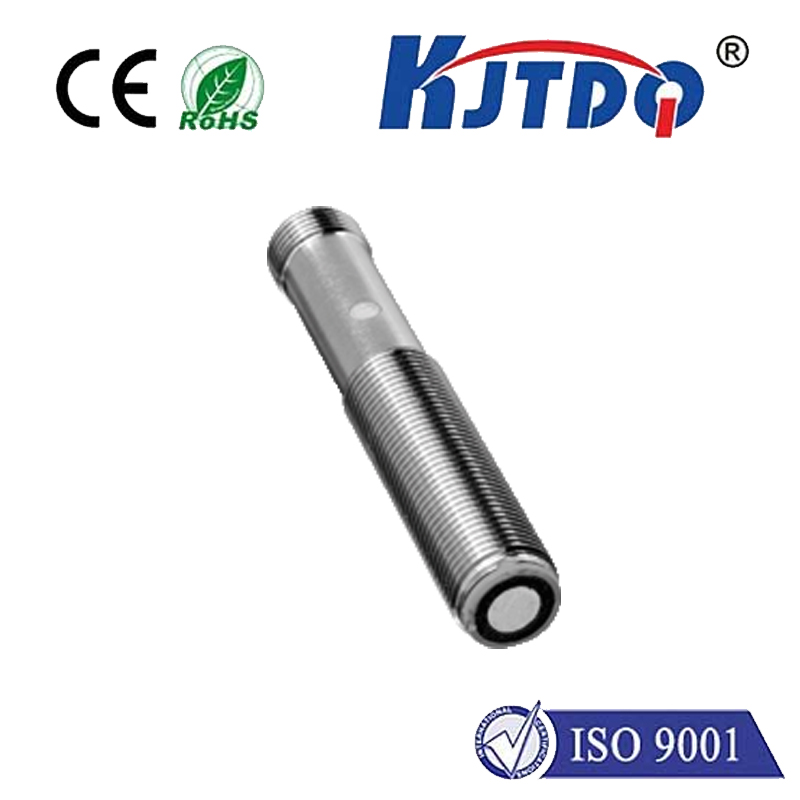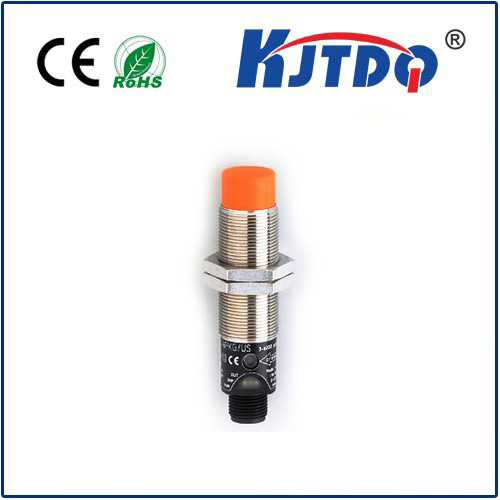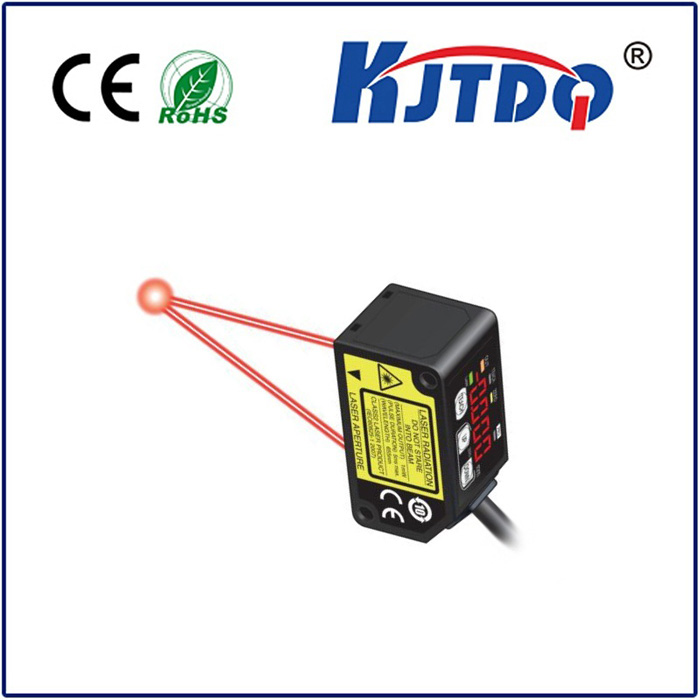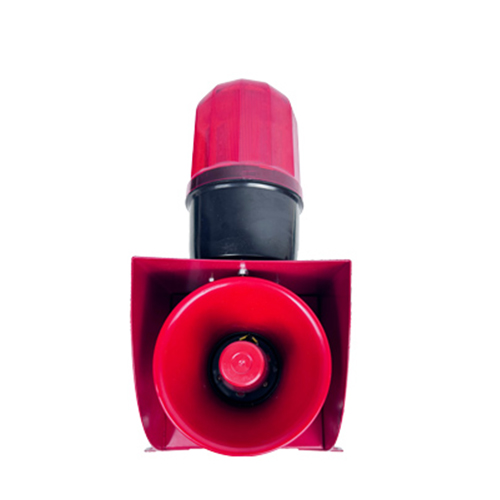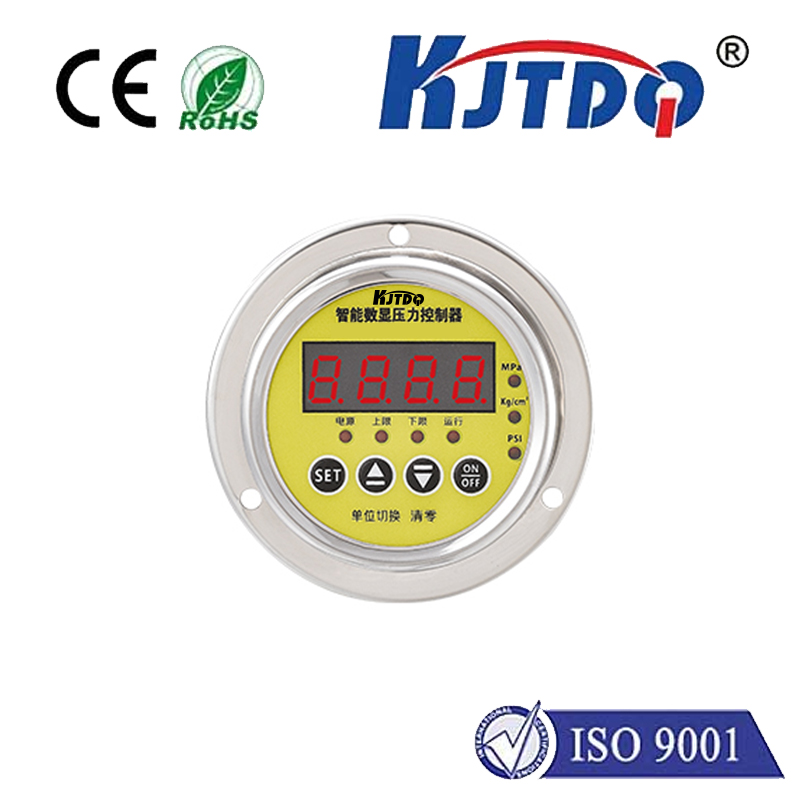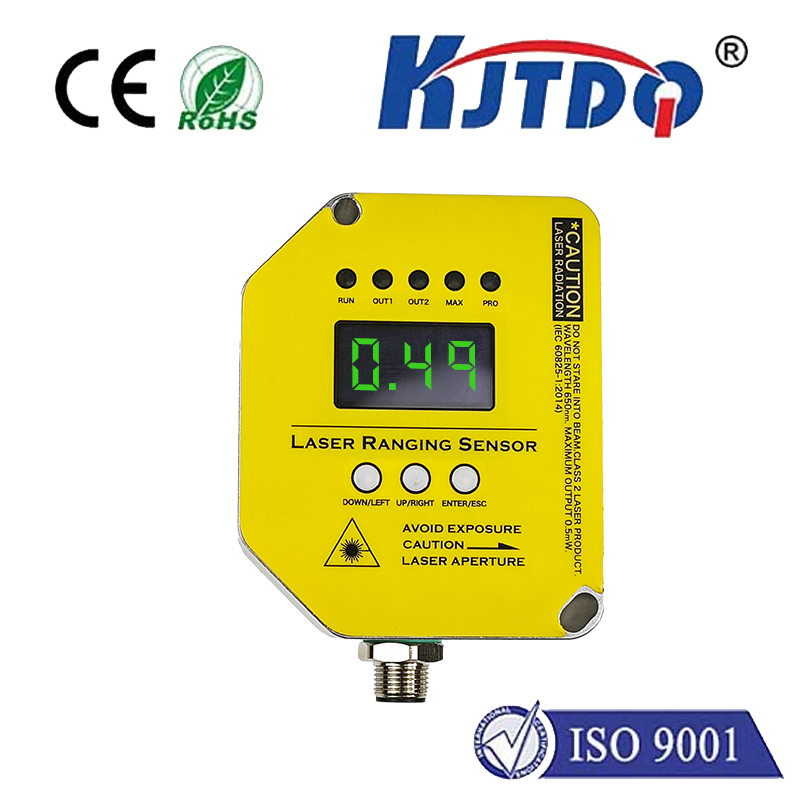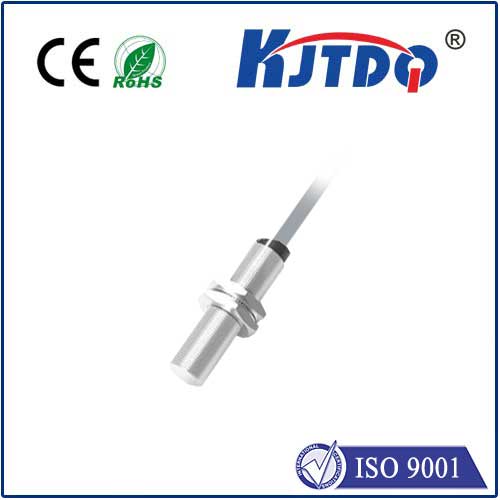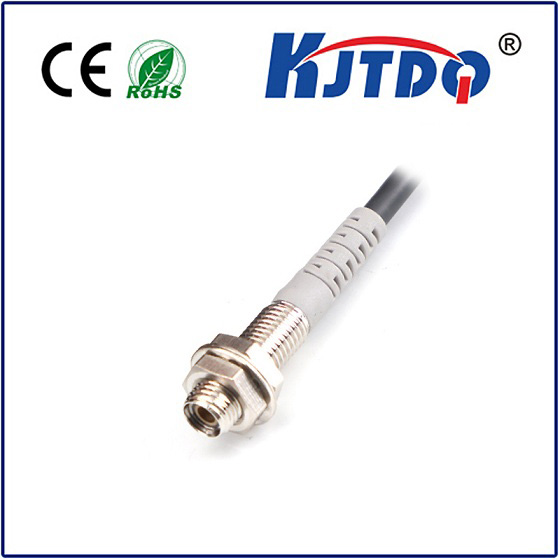
Title: The Marvel of Miniature Proximity Sensors in Modern Technology In the realm of technological advancements, miniaturization has become a crucial factor driving innovation across various industries. One such groundbreaking component that epitomizes this trend is the miniature proximity sensor. As we delve into the world of these compact yet powerful devices, it’s evident that they are revolutionizing how we interact with our environment and the technology surrounding us. Understanding Miniature Proximity Sensors At its core, a miniature proximity sensor is a device designed to detect the presence or absence of objects without any physical contact. These sensors operate on principles like capacitive, inductive, or optical technologies, enabling them to measure distance with remarkable precision. Their small size belies their functionality; despite being tiny, these sensors can significantly impact the efficiency, accuracy, and design of modern electronic systems. Applications Spanning Industries From automotive to consumer electronics, miniature proximity sensors are finding applications that were once deemed impossible due to size constraints. In the automotive industry, they play a vital role in advanced driver-assistance systems (ADAS), ensuring safer driving experiences by accurately detecting obstacles and other vehicles. Smartphones leverage these sensors for features like auto-rotate displays and proximity wake-up, enhancing user experience through intuitive interfaces. Moreover, in the medical field, miniature proximity sensors enable the development of compact, wearable health monitoring devices, allowing for continuous tracking of vital signs without hindering patient mobility. This demonstrates how these sensors contribute not only to technological convenience but also to improving quality of life. Преимущества по сравнению с традиционными датчиками The shift towards miniature proximity sensors brings several advantages compared to their larger counterparts. Firstly, their reduced size facilitates integration into tighter spaces, opening up new design possibilities for product engineers. This miniaturization also often leads to cost reduction, making advanced technology more accessible to a broader range of consumers and industries. Additionally, smaller sensors typically consume less power, contributing to longer battery life in portable devices—a crucial factor in today’s mobile-first world. Проблемы и перспективы на будущее Despite their numerous benefits, working with miniature proximity sensors presents certain challenges. Ensuring consistent accuracy amidst miniaturization requires sophisticated manufacturing processes and rigorous testing protocols. Furthermore, as these sensors become ubiquitous, issues related to interference and signal noise need to be addressed to maintain optimal performance. Looking ahead, the future of miniature proximity sensors seems incredibly bright. With ongoing research and development, we can expect even smaller, more efficient, and highly sensitive sensors that will pave the way for unprecedented innovations. Integration with AI and IoT will further enhance their capabilities, enabling smarter environments and more intuitive human-machine interactions. In conclusion, the rise of miniature proximity sensors marks a significant milestone in technological evolution. Their ability to pack powerful detection capabilities into minuscule packages underscores humanity’s relentless pursuit of progress. As we continue to refine and harness the potential of these remarkable devices, they will undoubtedly play a pivotal role in shaping the technology landscape of tomorrow.
